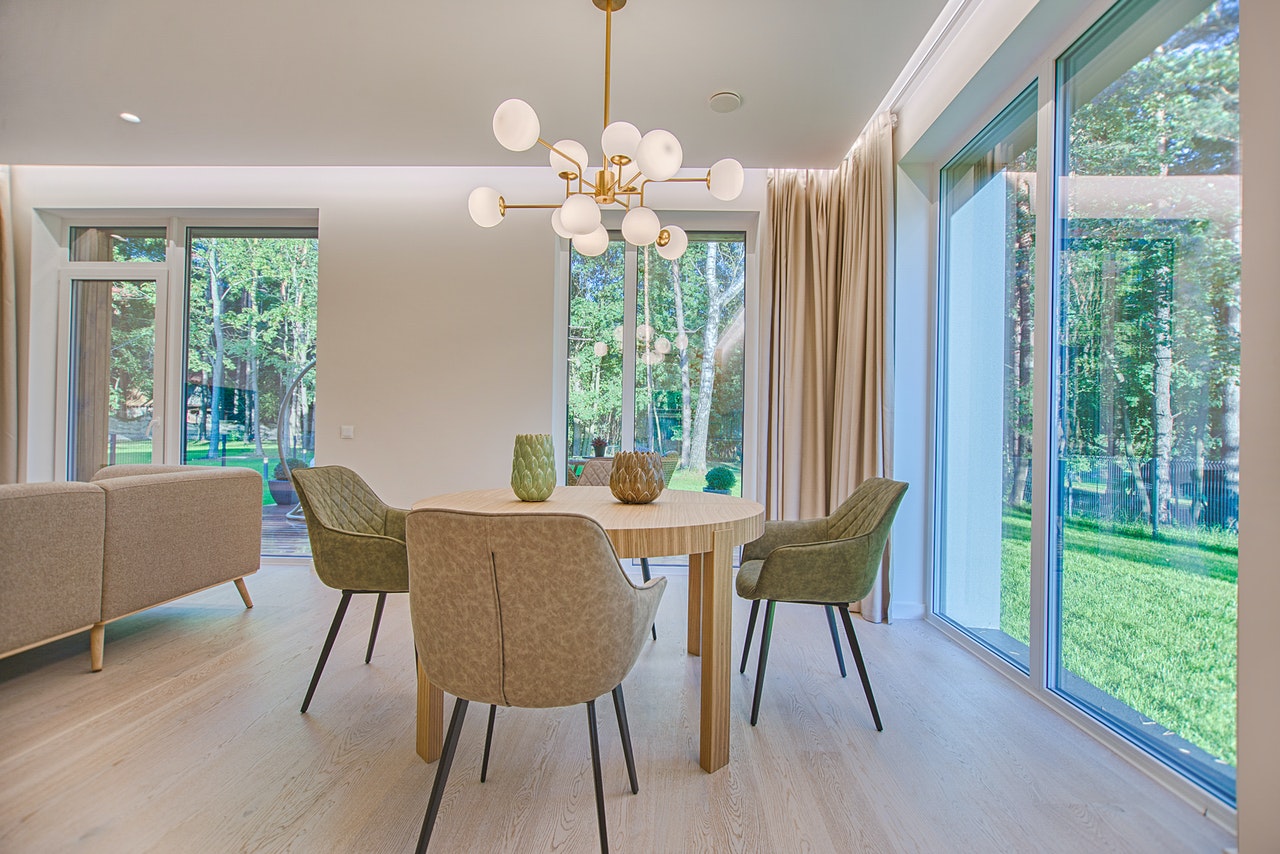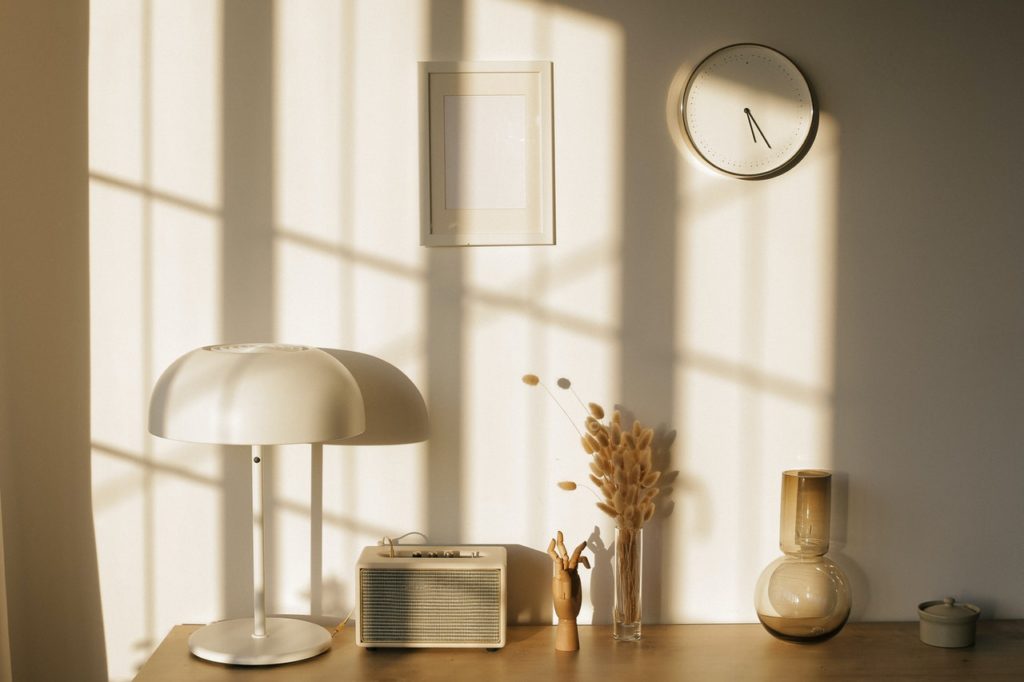Lighting may seem like a small matter, but it actually does a lot when setting the mood and atmosphere of the room. It makes a room livelier and more spacious. Meanwhile, poor lighting can look dreary and tiring. Some people are even known to become less productive with poor lighting. That’s why making sure that your lighting is optimized is crucial to creating a welcoming home.
If you find that your interior lighting seems a bit off, here are some tips you can follow to improve lighting in all parts of your home.
Use blinds
Sometimes, the sun’s glare can be too much, and it just makes a room too bright. In terms of interior design, lighting is supposed to compliment the room and help people appreciate the design. This won’t be possible if they are squinting and blinded by external lights. That is why it is also important to control how much goes in through dimmers and blinders.
If you have large windows in your home, make sure to contain and limit the light through window blinds and shades. These two have different functions. Blinds can be tilted to let in a little light, while shades are easier to use. The former is easier to clean because you only need to wipe it down. For those with a bit of extra cash, there are special smart windows that darken when the sun is too bright.
Control lights are essential for setting the mood of the room. Lights are also designed to highlight certain aspects of a room, so a little dimness doesn’t hurt the design. Functional rooms with TV and such also require less light to avoid ruining the viewer experience and quality.
Get more reflective surfaces
Reduce your power usage by redirecting light through reflective surfaces. These will allow light to bounce off and increase visibility. It is also commonly used to make spaces appear larger. Some studies even say that under certain conditions, reflective materials can make rooms more colorful.
Reflective glass is also known as a good energies-saving option. It takes natural sources of light and brings it inwards, reducing the need for artificial lighting. Their presence also reduces the need to add light in certain areas as well. Another thing that not many know about is that this type of glass can actually control solar radiation. You can lessen the UV rays that enter your home, making it cooler and safer for the skin.
This special glass is best paired with the right paint. Bright and light colors reduce solar reflectance and increase light. It is also common knowledge that lighter colors absorb less light as well.

Maximize natural light
The best way to incorporate light into your home is to take advantage of natural sources. This is also a good way to save on electricity because it will also reduce the consumption of ventilation and heating or cooling systems. Adding more windows is the obvious choice, but you can also be more strategic about this.
Some window placements are better than others in capturing sunlight. For instance, homes facing west are usually the brightest, but it also has the warmest indoor temperature. That is because it gets the most sun exposure at the end of the day. Similarly, windows that face the east and west get a lot of the low angle sun from spring, so it is more blinding. North or south-facing windows would be better for consistent year-round light.
Replace commonly used lights
Lastly, you should replace the light bulbs in rooms that you commonly used. This can include the kitchen, dining room, and bathrooms. Because these rooms are used more than others, the lights degrade faster than the rest of the house, and this causes lighting to deteriorate. You can also install a dimmer while you are at it to help better control the lights’ intensity.
If you haven’t already, consider replacing your switches and lighting systems as well. Some newer technology can perform better while also saving you money. In some cases, your lights may not be scaled properly to your room. It could be that your light is too small for the ceiling’s height or doesn’t match the position of the walls. An expert interior designer can easily identify these issues for you.
You don’t necessarily have to replace all of them. You can start with the most used ones, and the rest can follow at a later date.
